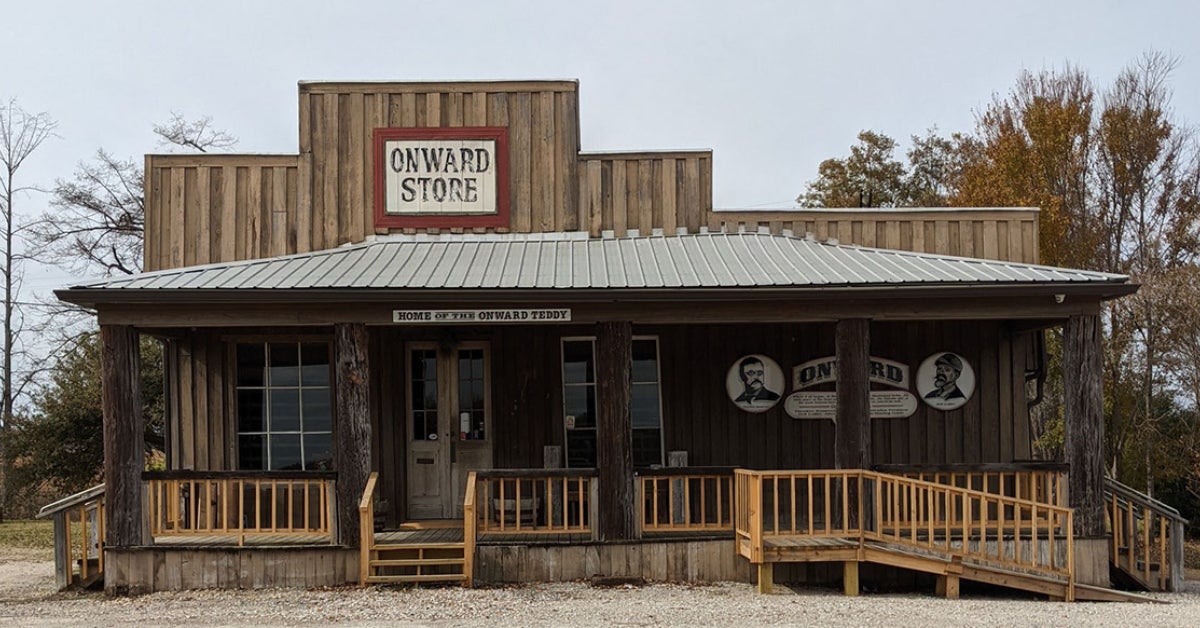Neighbor: Rouse fires were not uncommon
Published 12:00 am Tuesday, July 23, 2002
Lucy Camp, owner of Lucy’s Place, points to Rouse Polymerics International Inc. from the back yard of her home and business on U.S. 61 South Tuesday. (The Vicksburg Post/C. Todd Sherman)
[07/20/02]All the bed sheets Lucy Camp could find in her apartment over her bar next to Rouse Polymerics International Inc. were used as wraps for burned workers the night of May 16.
“I opened the door and saw people running out with fire on their clothes,” Camp said. “One of the (Emergency Medical Technicians) came up and grabbed the sheets.”
The production facility, about 100 yards from the back door of her Lucy’s Place, 4303 U.S. 61 South, erupted in flames while in operation that night. Five of the 12 men injured died, the last on May 30.
The cause of the fire remains under investigation, with the federal Occupational Safety and Health Administration in the lead.
Indications are, though, that the company’s products, fine particles of rubber dust made by grinding scraps of tires and other rubber and used in the manufacture of new tires and other products, are in some cases unique, difficult to control and flammable.
“The process of reducing rubber to a very fine powder usable as a high-quality product is an extremely difficult process, a process for which (the company) is the world’s leader and technology developer,” company CEO Michael Rouse wrote in a January 2000 letter responding to a state Department of Environmental Quality inspection report that listed noncompliance with three parameters of an air-emission permit.
In April 2001, Rouse settled with MDEQ on a fine of $138,250 for 10 alleged violations of environmental laws or regulations, including four for air emissions.
The company has fully cooperated with MDEQ and paid all fines assessed, Rouse said last week. He also said the rubber was not hazardous to the environment, as products it is used to make include rubber running tracks and mulch.
“It’s a materials-handling problem,” Rouse said of what his company produces as it develops new ways of recycling. “As you make it finer, it’s more difficult to control.”
MDEQ inspection records show improvement from 1998, when dust particles were reported accumulating around the plant and grounds, to 1999, when significantly less dust was reported present.
Two fire reports Rouse filed with the MDEQ in 1995 mention rubber dust as the material that caught fire. One, on a “major fire” in a raw-material storage area on April 24, notes a “fireball being discharged from the shredder exhaust” that “landed in a pile of rubber dust located under some bales of rubber pads.”
Another, on a Sept. 18 fire, refers to a loose connection in an electrical function box that created a sparking action, again igniting rubber dust and requiring the attention of Rouse’s internal fire brigade and the Vicksburg Fire Department.
Corrective action mentioned in the report says $100,000 had recently been spent on upgrading the company’s fire-safety and control system, and $50,000 more was planned to be spent to prevent another such upset.
“The nature of our operation is such that total prevention may not be possible,” the company’s technical director wrote.
Fires that were controlled without fire-department help were also common at the plant, according to several plant employees interviewed shortly after the fire. Estimates were of multiple controllable fires each shift.
Walter Doss Sr., an electrician who began working at the plant in 1972 and whose son was injured in the blast, said many of the fires started around the natural-gas dryers used for the wet-ground rubber.
“We normally contain it pretty well,” he said.
Camp, too, said that in her 10 years of living next door to the site she could hear fire trucks going to the plant regularly, and could sometimes see the fires themselves.
Fire-department trucks’ visits to the plant were “so frequent that it didn’t amaze me that a fire truck was going down there,” she said.
“I don’t know if they were a regular thing,” Rouse said when asked about the frequency of fires at the plant, adding that more and more systems were continually being added to control whatever fires may have occurred.
“I’m not going to do anything until somebody can give me a reasonable answer of what caused this,” Rouse said. “I hope we can have an answer that saves lives in the future, or prevents it.”





